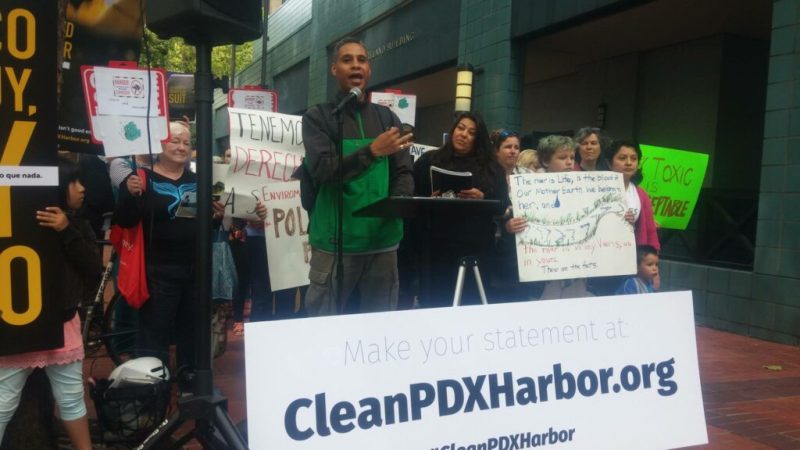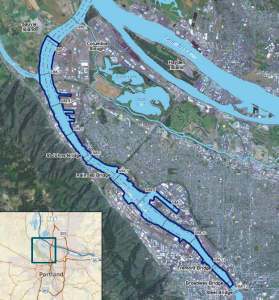
Portland Harbor Community Coalition (PHCC) has been uniting the voices of people most impacted by the contamination of Oregon’s Portland Harbor Superfund Site on the Willamette River since 2012. These communities are often the most vulnerable to the detrimental health and environmental impacts of pollution, with voices rarely represented or heard. PHCC was founded precisely to change that. PHCC represents a diverse community – Native American tribes, Black/African Americans, immigrants, refugees, and the unhoused – all with a history and cultural connection to the river. Through education, advocacy, and community organizing, PHCC brings residents into the decision-making processes concerning the cleanup, restoration, and redevelopment efforts of the Portland Harbor. PHCC tackles the environmental injustice of a polluted harbor, championing a future where all residents, especially those disproportionately burdened by the legacy of industrial waste, benefit from a clean and healthy river.
Portland Harbor Superfund Site is an 11-mile stretch of the Willamette River contaminated with dozens of industrial toxins from over a century of industrial activity along the river. The area’s degradation and the effects on its residents catalyzed the founding of Portland Harbor Community Coalition, a nonprofit collective working to heal the river, land, and air and to support their river communities. Recent work — led and centered by those most affected –includes connecting hundreds of youth and families to the river through canoeing, fishing, ceremony and learning about the Superfund site; convincing the EPA to explore habitat and recreational access to Portland Harbor after restoration; collaborating with a national network of researchers to launch a Cumulative Impacts Assessment and Community Resilience Plan; and securing environmental language in DEQ’s equity statement for the implementation of OR’s Senate Bill 1567 to minimize risk for fuel tanks along the Willamette.

A map of the Portland Harbor Superfund site. Source: www.epa.gov